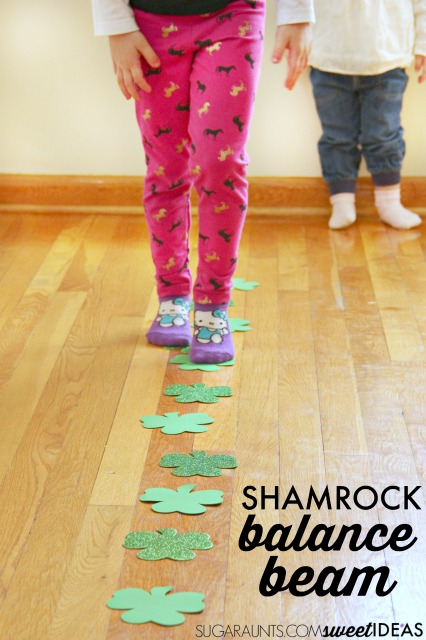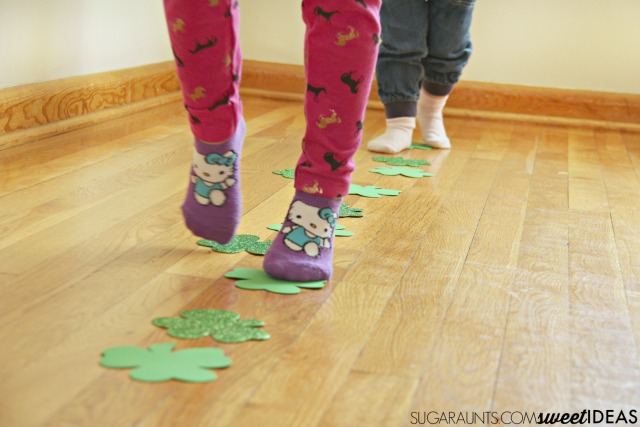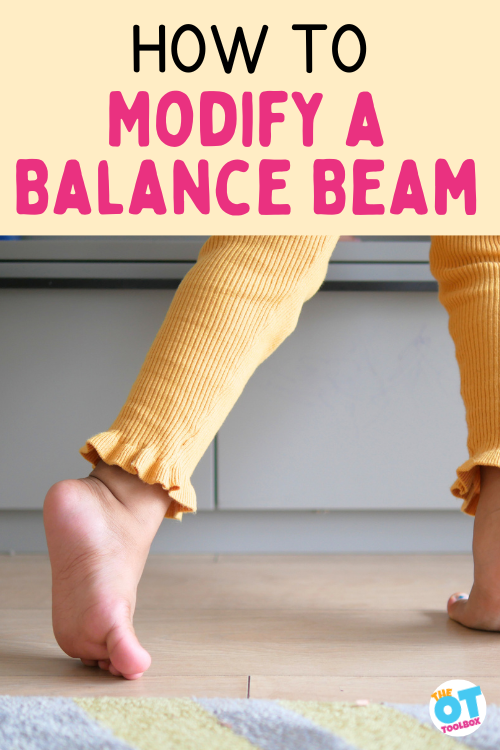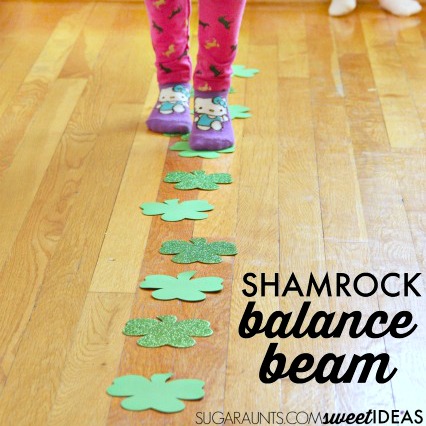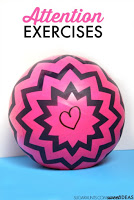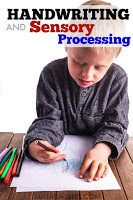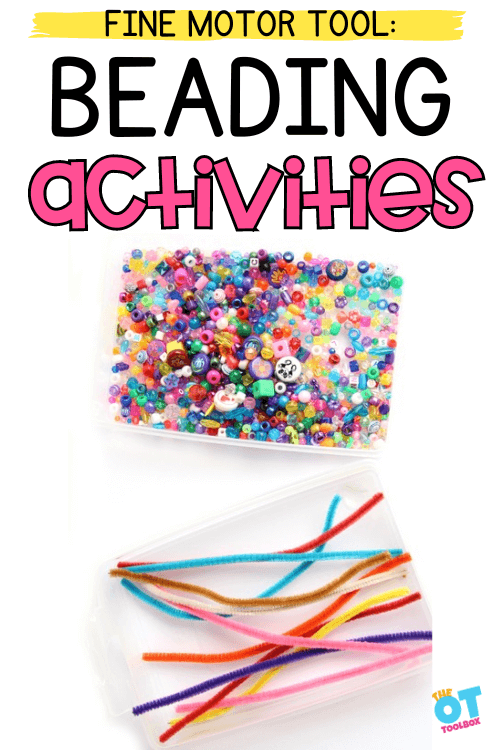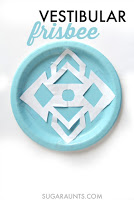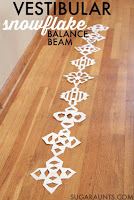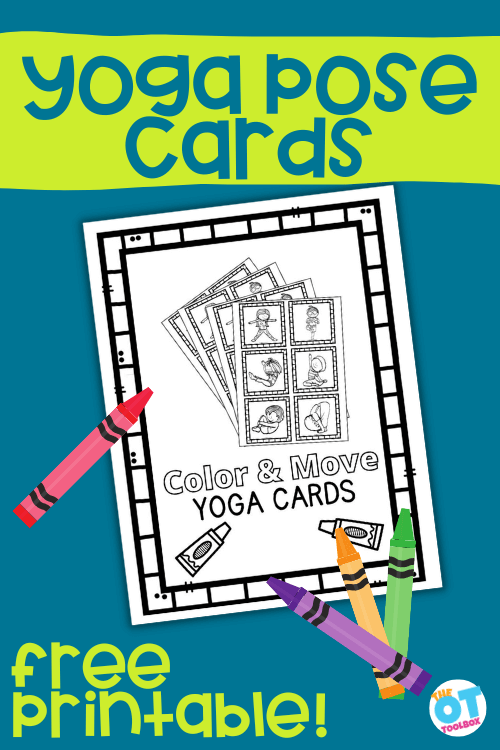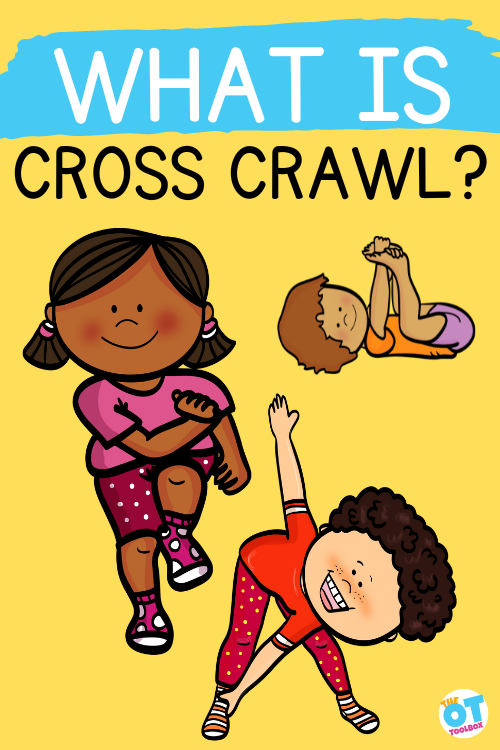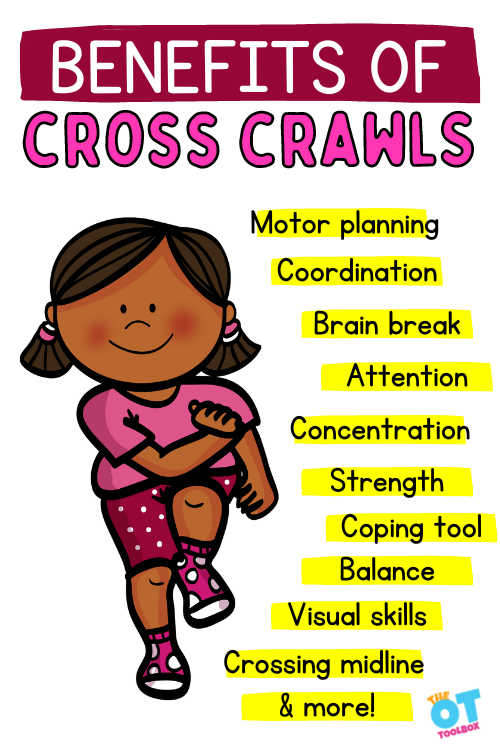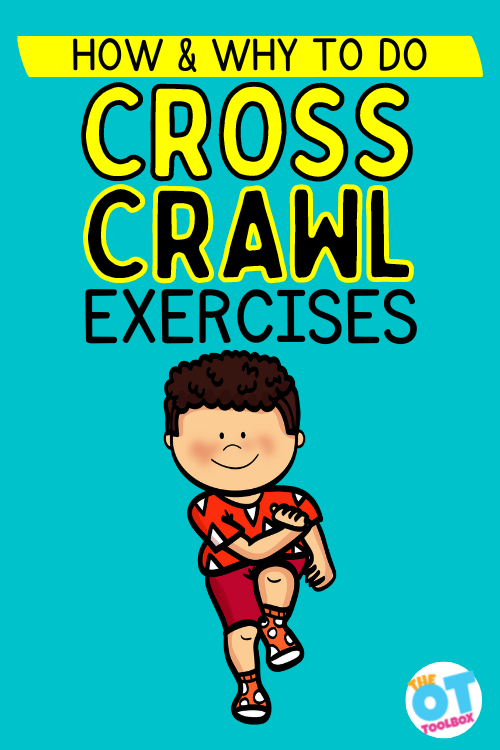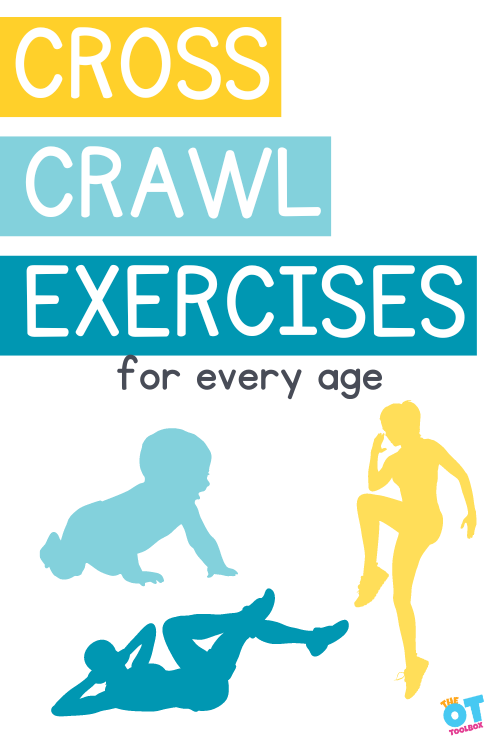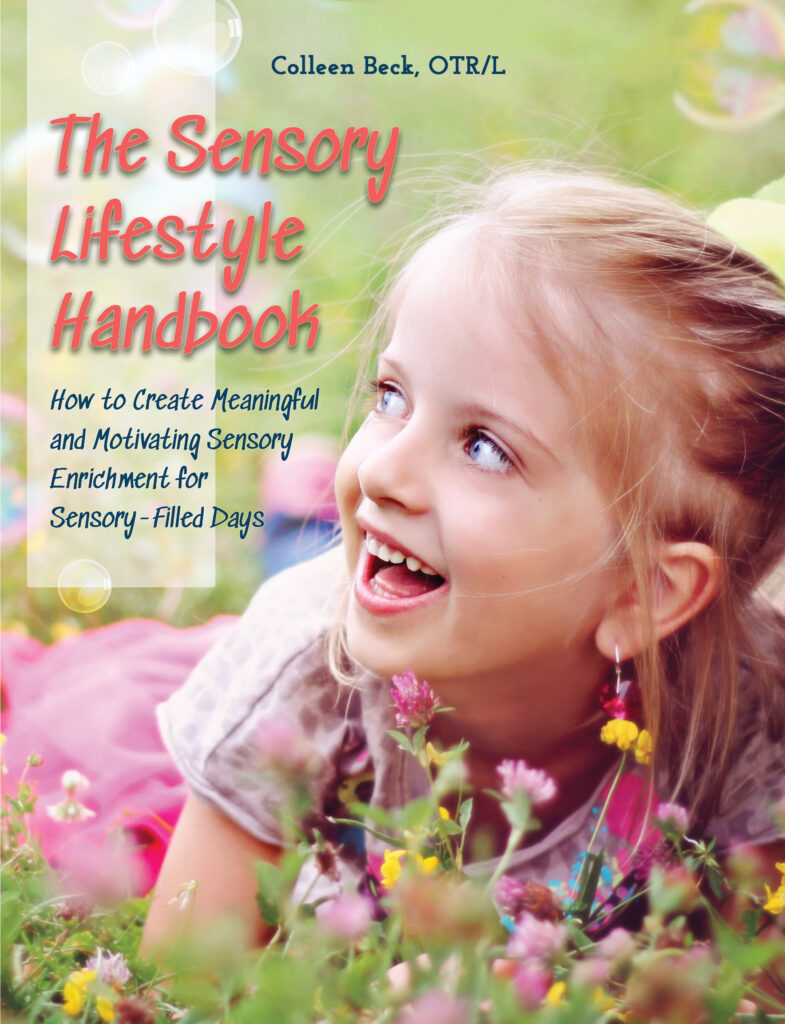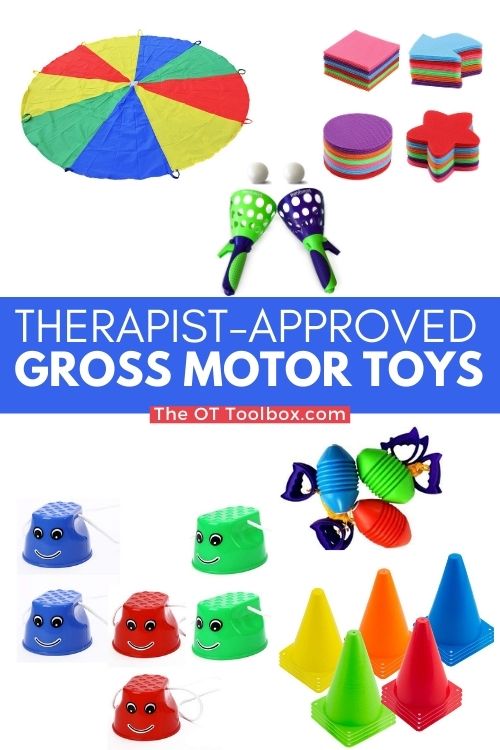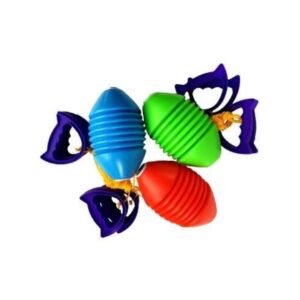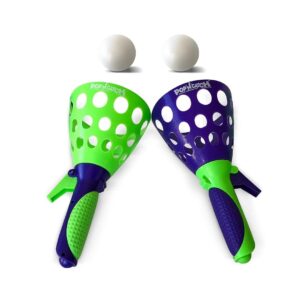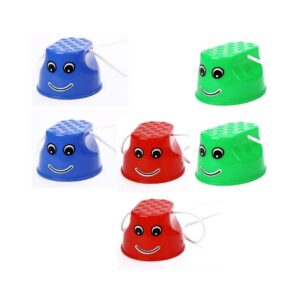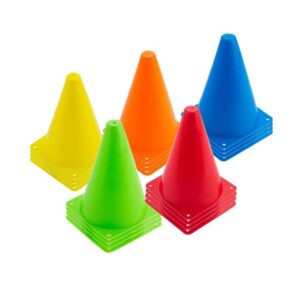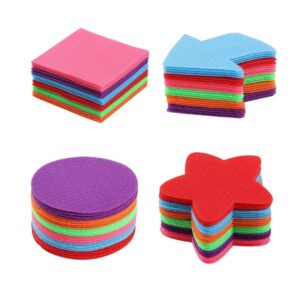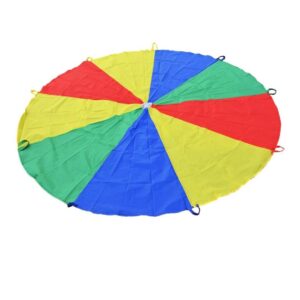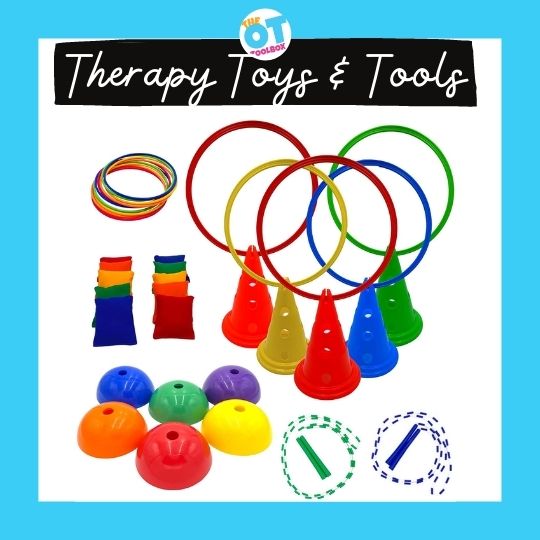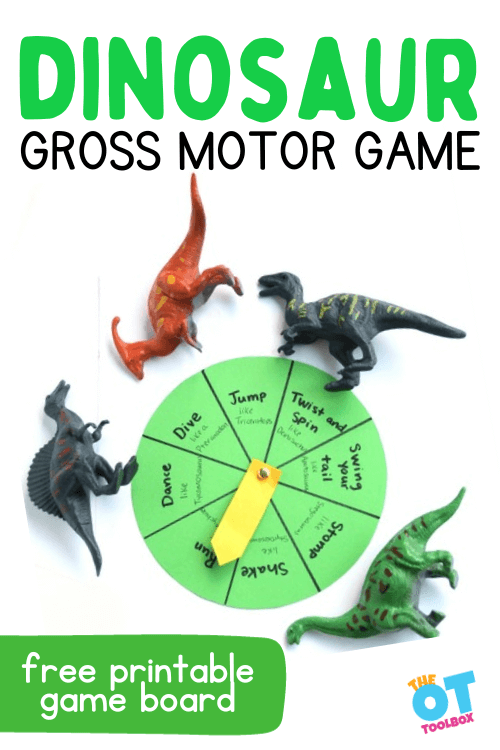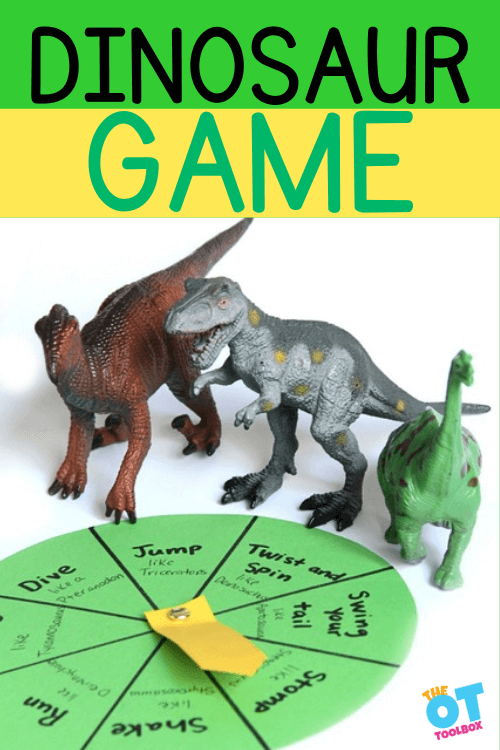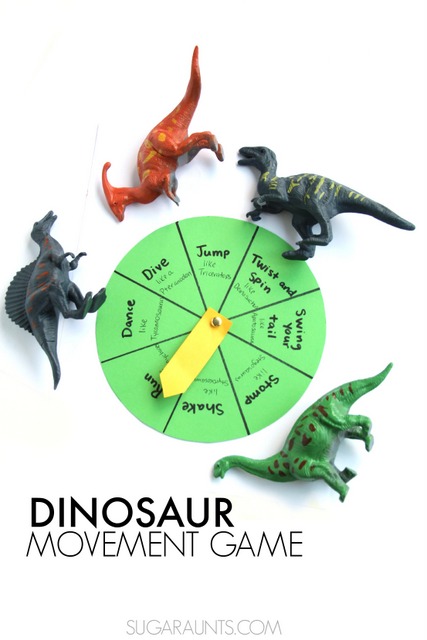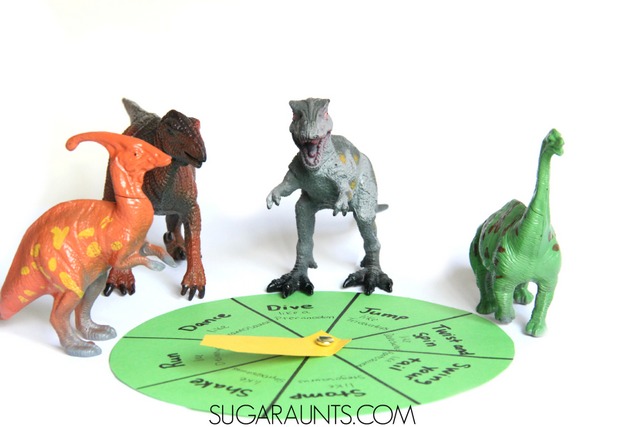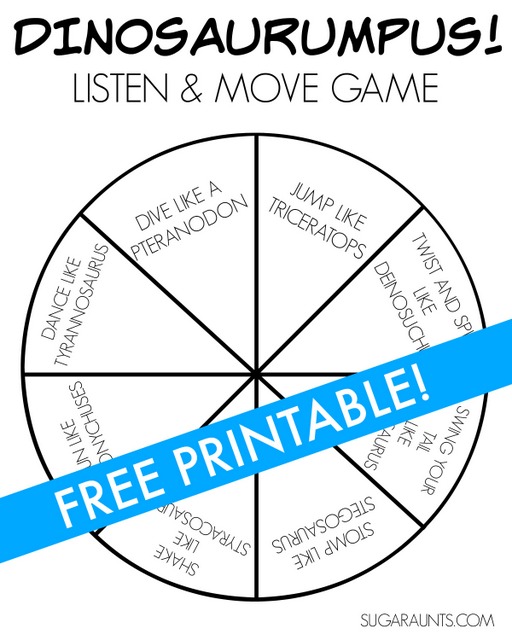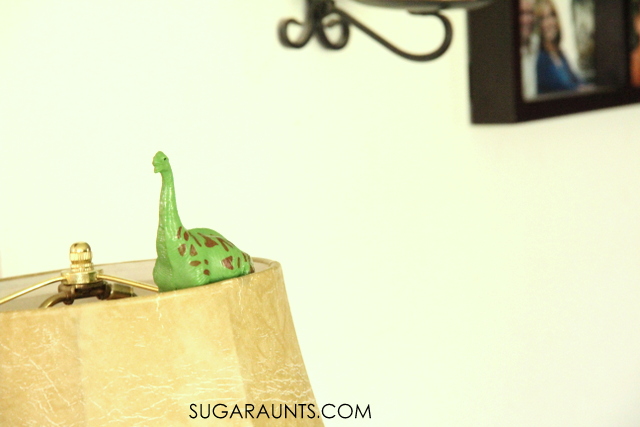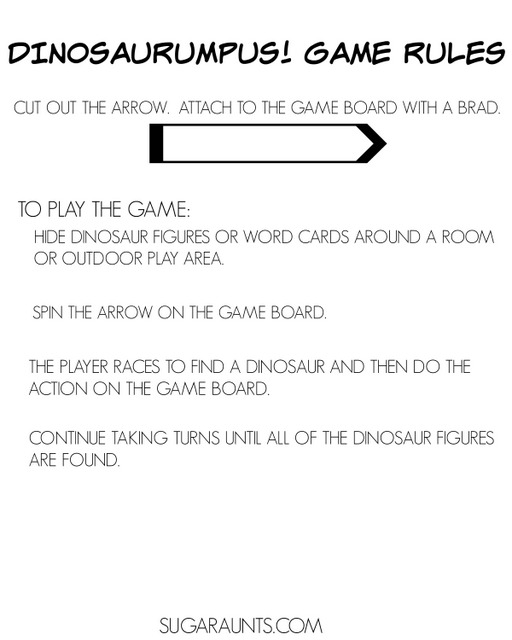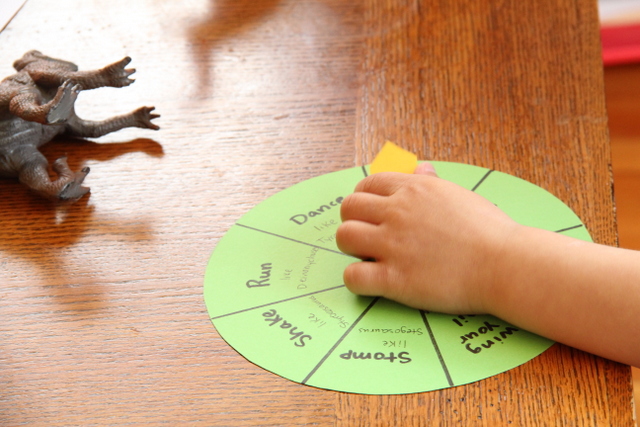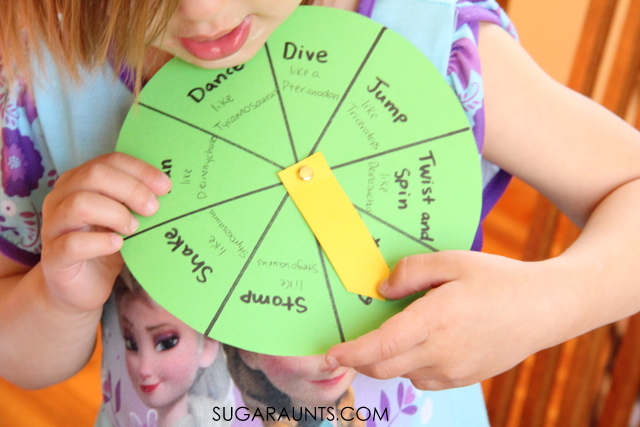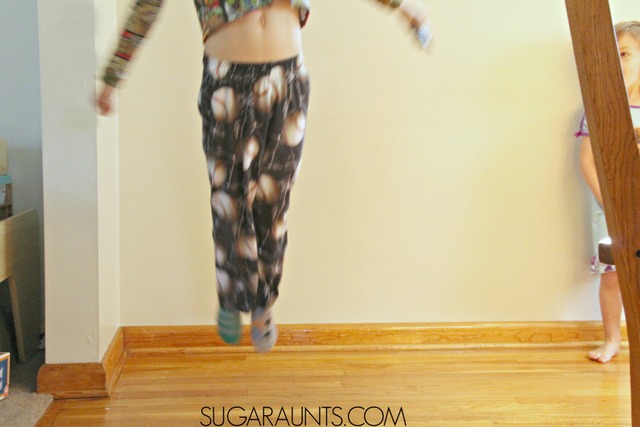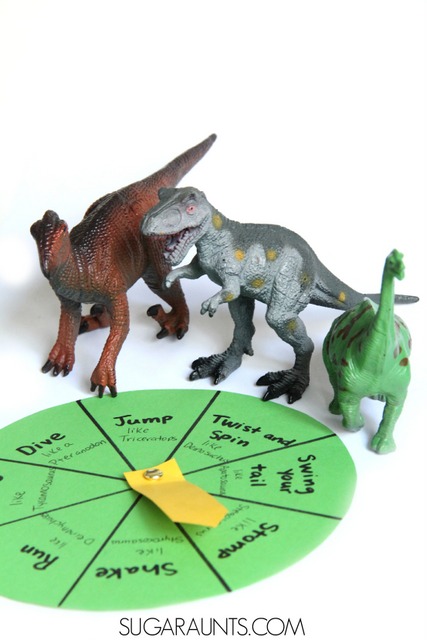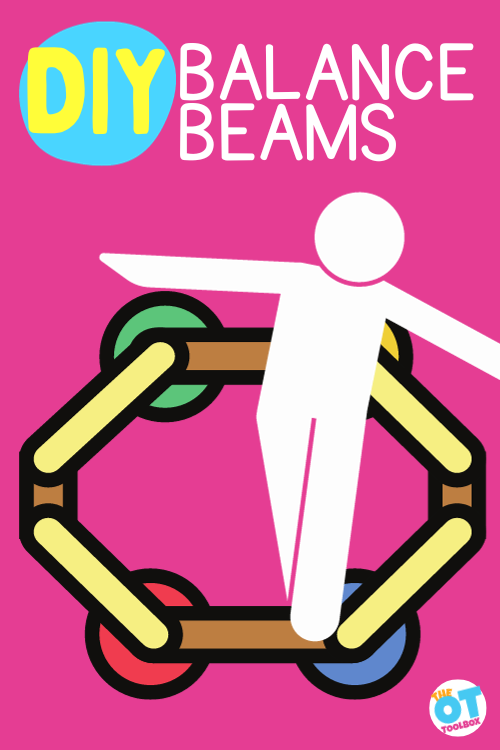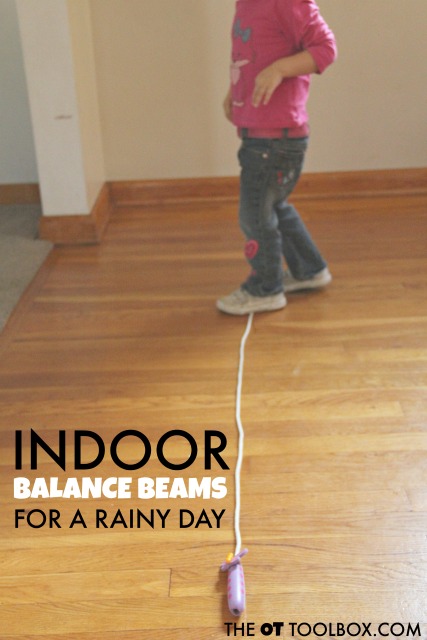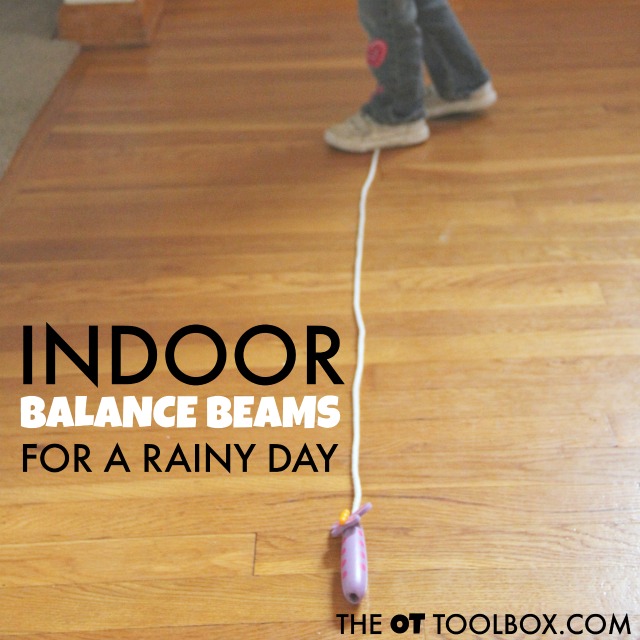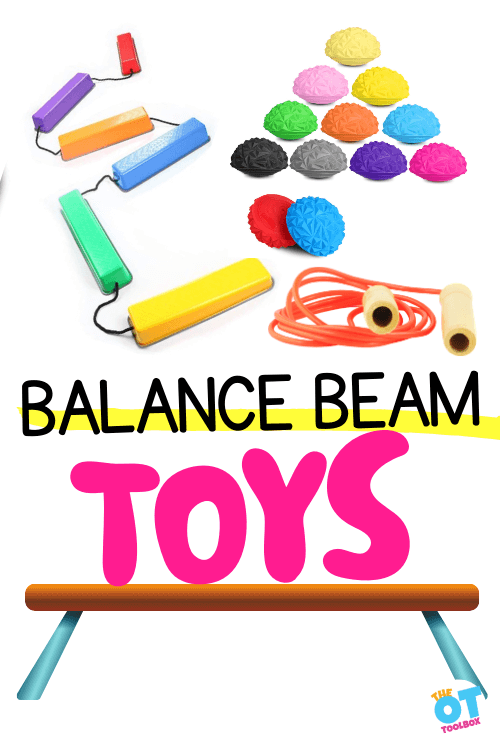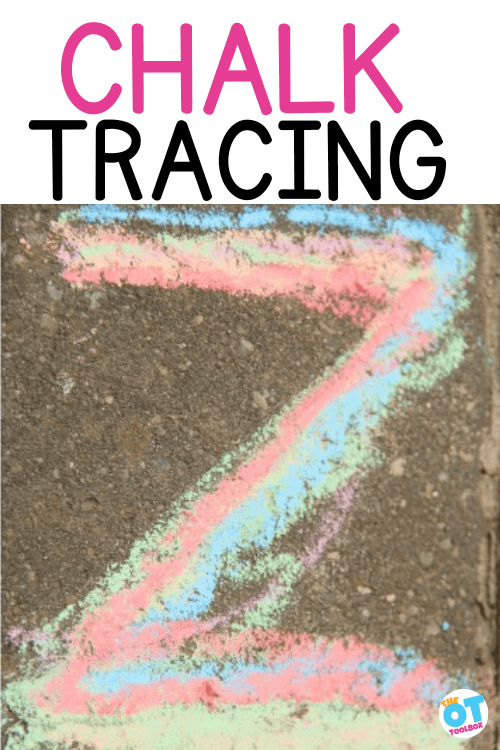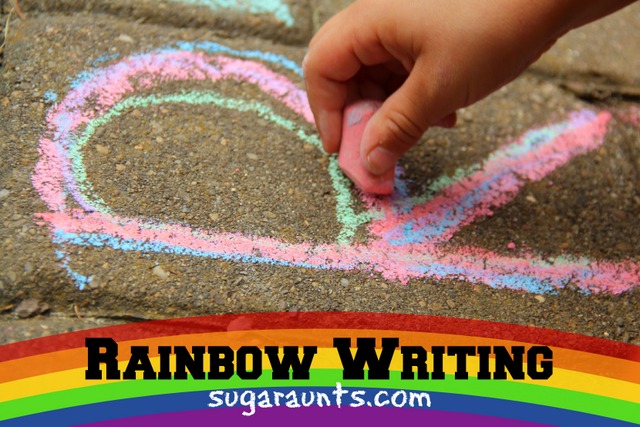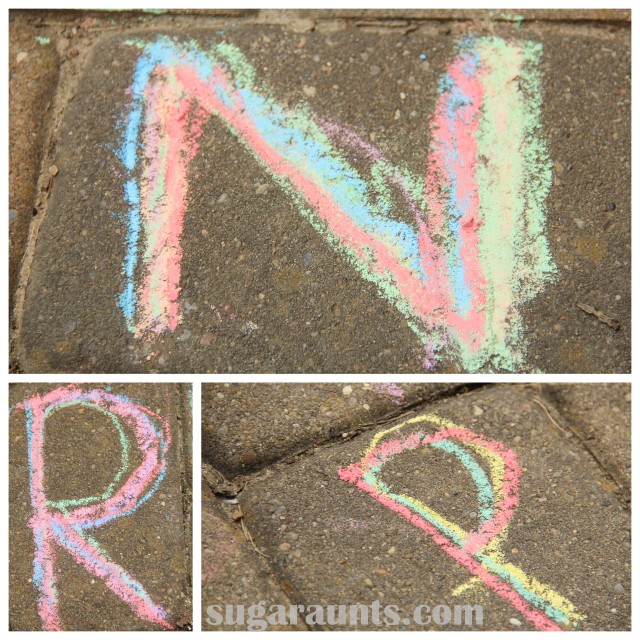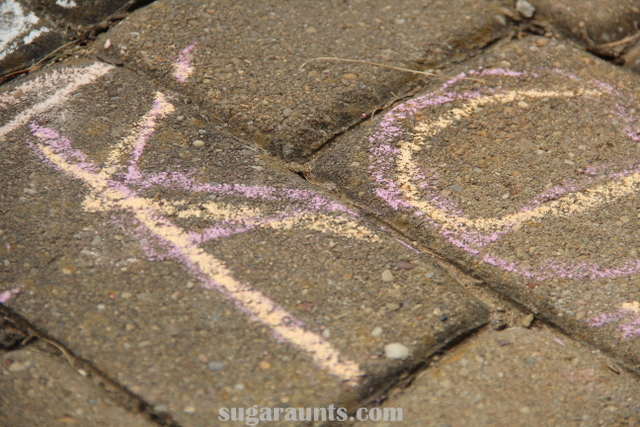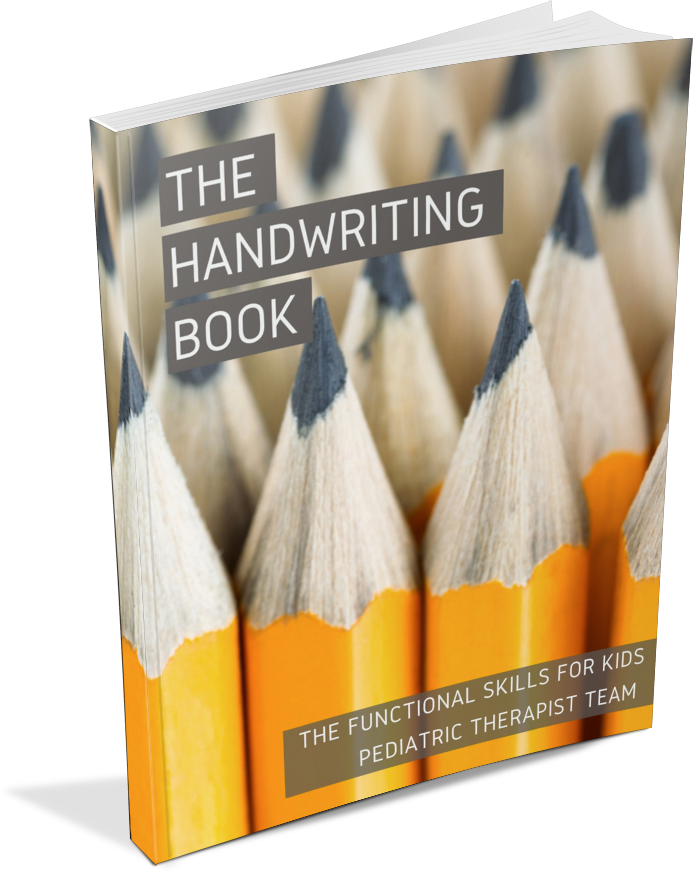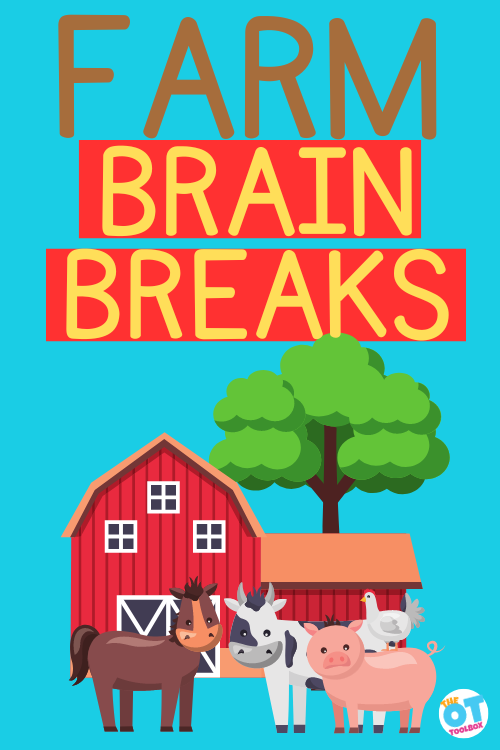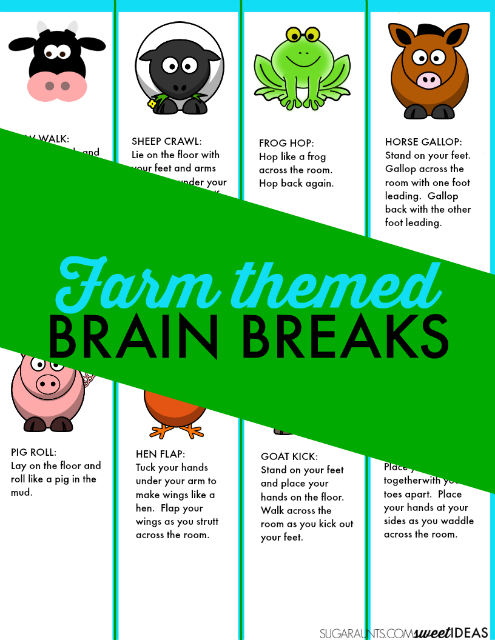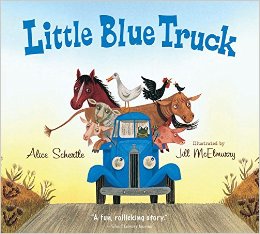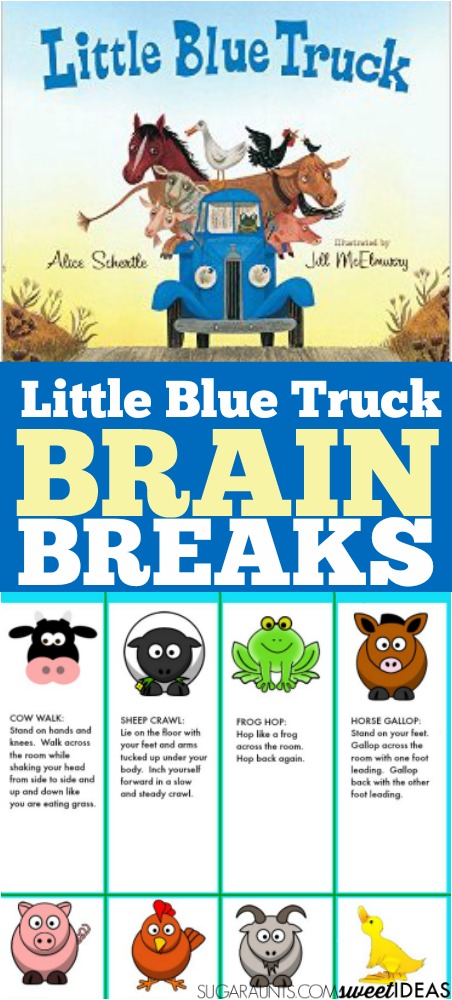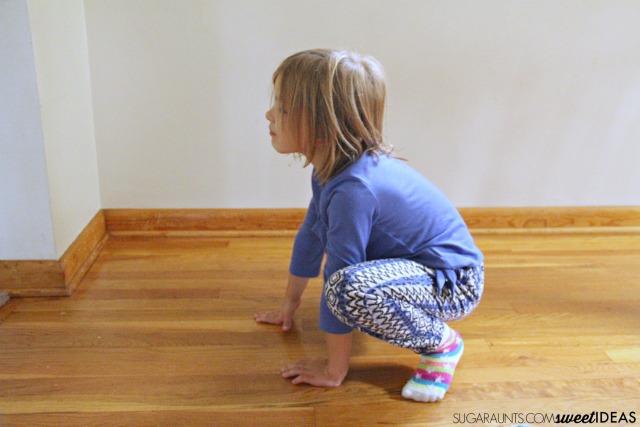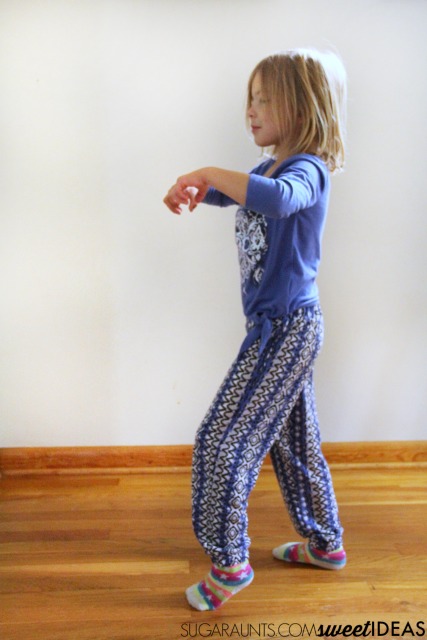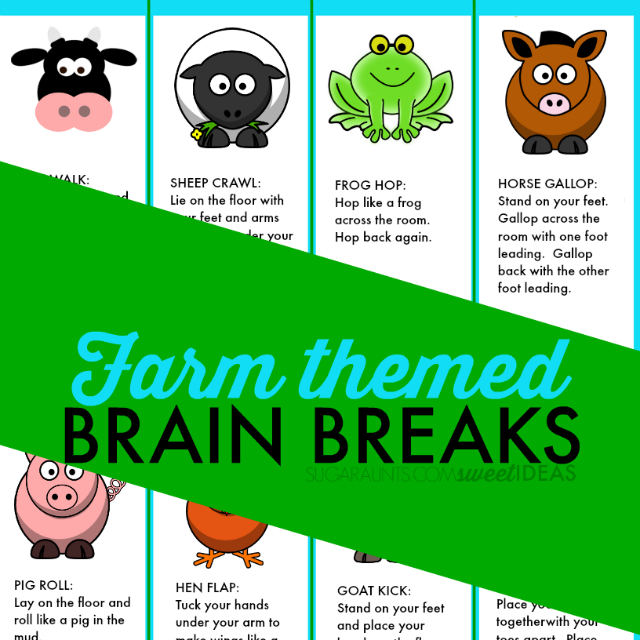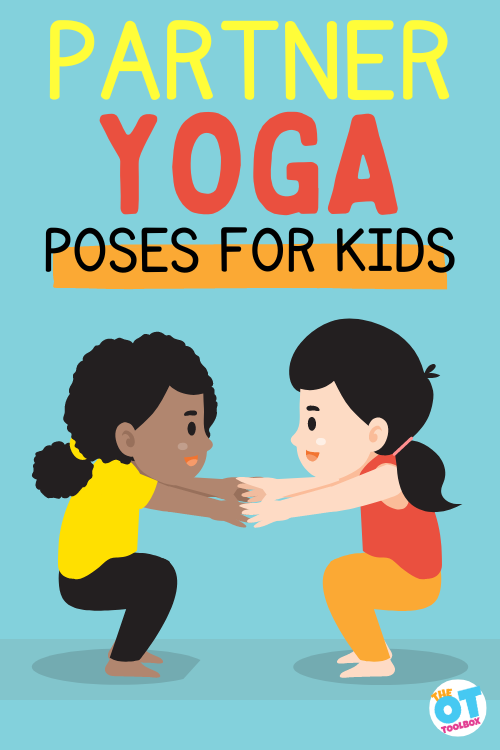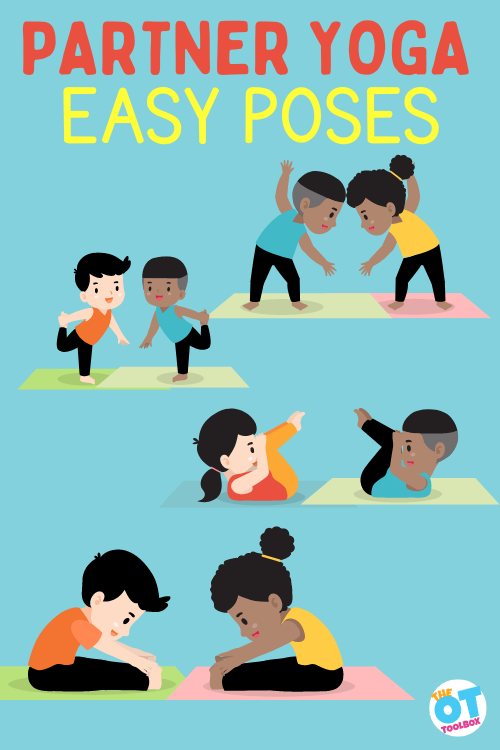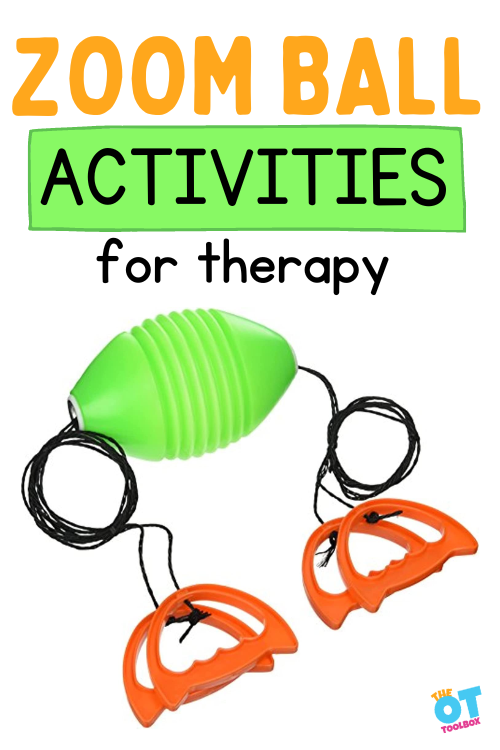This article covers cross crawl exercises as a brain break tool and a bilateral coordination strategy to add sensory movement. Have you heard the term cross crawl and wondered what that meant? As parents, educators, and therapists, we are always looking for ways to help promote overall development of the children in our lives. One way to build connections in the brain and body is through meaningful exercise. In this post, we will focus in on a super important type of exercise: the cross-crawl.
Related: Butterfly Balance and Coordination Exercises
Cross crawl exercises are used in occupational therapy to support development of many skill areas: bilateral coordination, crossing midline, balance, motor planning, and more.
What is a cross crawl?
Cross crawl is defined as movements or cross lateral actions that are exercises that describe a category of movement – not just one exercise. Cross-crawl exercises are movements that involve crossing the midline of the body, which is an imaginary line that divides the body into left and right halves. You may have heard of the phrase bilateral coordination and crossing midline used with cross-crawls, too.
The movement utilizes both hemispheres of the brain in a whole-brain activity by bringing self-awareness to the body (body awareness) as well as the physical coordination needed to create the physical, cross-lateral movements.
Cross Crawl exercises are specific cross lateral (one side of the body crosses, or reaches over to the other side of the body) movements designed to activate both sides of the brain and improve coordination, balance, and motor skills using a set number or repetitions.
Cross-crawl exercises can be as simple as marching or as complex as dancing, but they all involve movements that require the left and right sides of the body to work together while completing opposing actions. This might include: yoga, crunches with oblique rotation, standing and touching the right hand to the left foot/left hand to the right foot, standing and touching one elbow to the opposite knee, etc.
One main benefit of cross crawls is that they improve lower extremity strength, with supports balance and coordination in functional tasks.
Pretty cool, right?
There are many benefits of cross crawl exercises.
What do Cross Crawl Exercises do?
What are the benefits of cross-crawl exercises?
Cross-crawl exercises offer a wide range of benefits for children of all ages. As we show in the image above, using a cross crawl in play, brain breaks, or other motor skill activity may improve:
- Motor planning
- Coordination
- Brain breaks
- Attention
- Concentration
- Srength
- Coping tool
- Balance
- Visual skills
- Crossing midline
- Bilateral coordination
- Core strength/stability
- More!
Here are some of the most important benefits of cross-crawl exercises:
Improved coordination: Cross-crawl exercises help to improve coordination between the left and right sides of the body, which can lead to better balance and overall coordination. The cognitive coordination is visible as the child thinks about the action needed to complete the exercise and then works through the motor plan to complete the movements.
As that action becomes more fluid, the movements occur in a more rhythmic way.
Increased brain activity: These exercises activate both sides of the brain and often challenge it to coordinate new motor plans. This can improve cognitive function and help children learn and remember new information.
Brain development occurs through a variety of movements, sensory stimulation, experiences, and learning opportunities. The cross-crawl technique is a tool to add to the sensory movement toolbox as completing the cross-pattern movements moves from slow and intentional to ingrained and automatic. This is fluid movement happening.
Better motor skills: Cross-crawl exercises can help children develop gross motor strength and coordination. They may be able to jump higher, fall less, run faster, climb to the top… you get the idea!
Some of the motor skills that can improve include:
Improved reading and writing skills: Crossing the midline is required during reading and writing. Practicing cross-crawl exercises has been shown to improve these skills by helping children develop better eye-tracking (visual tracking) and hand-eye coordination. These can be a great classroom brain break for academic work.
Add the cross crawl activity to your list of ways to add movement to the classroom!
Reduced stress and anxiety: Cross-crawl exercises can help to reduce stress and anxiety by promoting relaxation and mindfulness. This occurs because the nervous system’s responses play a huge role in how we think, behave, and respond to a given situation. We cover this in more detail in our blog post on the limbic system.
We talk about the mind-body connections of movement as a self-regulation tool to impact stress, worries, frustration, and anxiety in our resources on anxiety and sensory coping skills.
An opportunity to recharge through movement is a great tool to have on hand for a real stress buster!
In addition, there are significant social-emotional benefits to supporting stress and anxiety through movement.
Improved Confidence: When you are able to accomplish new things, like riding a bike, passing the swimming test, or compete in a high level of your sport, confidence soars!
Now that you know why a cross crawl is a great exercise, let’s talk about how to do cross crawls in therapy or at home.
How to do a Cross Crawl Exercise
A cross crawl is a simple, yet effective way to build skills. You’ll see below that development of cross-lateral skills occurs naturally through play in each age range. So what does a cross-crawl exercise look like?
How to complete a cross crawl exercise:
- When standing, bend the left knee to lift the left foot up off the floor.
- Bend and rotate slightly at the waist to touch your right elbow to your left knee.
- Then stand back up straight again.
- Next, bend the right knee and bring the right foot up off the floor.
- Bend and rotate slightly at the waist to touch your left elbow to your right knee.
- Then stand back up straight again.
Essentially, in cross lateral exercises, we are physically moving to connect the left side of the body with the right side of the body. This engages both the right hemisphere of the brain (with one action) to the left hemisphere of the brain (with a different action). Both sides of your brain are engaged and active through the movements.
There are many ways to connect the right leg to the left arm and the left leg to the right arm. Adding upper and lower body movements, plus rotation, to left and right sides of the body occurs naturally throughout the day in daily tasks.
Let’s do a simple activity analysis of a daily task like washing clothes. Think about pulling a load of laundry out of a washing machine.
- You might need to bend at the waist and place your left hand into a washing machine, reaching down towards your right side. You see rotation at work, as well as reaching across the body.
- You pull heavy, wet clothing out of the washer and pull it across your body to place it into a dryer.
- Then, your right hand reaches across your body and down to push the wet laundry into the dryer.
This is just looking at two simple actions in the whole task, and presenting one layout. This daily task can incorporate cross lateral movements in many different ways. What we see though, is that these actions occur naturally.
This simple exercise can be expanded on in many ways. We cover different ways to incorporate opposite sides of the body work in age-appropriate manners below.
We know that development occurs in a predictable pattern. Because of that understanding, we can facilitate development using cross crawl activities that support skill development across various ages and stages.
Cross Crawl Exercises
It’s important to present kids with age-appropriate cross-crawl exercises for children as a tool that supports the areas needed for each individual.
Here is a list of cross crawl exercises that can be incorporated into obstacle courses, brain breaks, exercise sequences, etc. These can be modified to meet the needs of individuals of all ages. Find age-appropriate and play based cross crawl activities that occur naturally in daily tasks and interests listed below.
- Standing cross crawl- Stand on the right foot. Raise the left foot and touch the left knee to the right elbow. Hold the pose. Then raise the right foot and touch the right knee to the left elbow. Hold the pose. Try to maintain balance without falling.
- Seated cross crawl- Sit on a chair, bench, or surface without a back support. Repeat the directions from #1 in a seated position.
- Laying cross crawl- Lie down on the floor on your back. Bend at the waist and touch the right elbow to the left knee. Return to lying flat on the floor. Then, bend the left elbow and to touch the right knee. Repeat with trunk rotation for crunches with oblique muscle involvement.
- Bug exercise- Lie down on the floor with your arms above your head on the floor and your legs straight. Keep your right arm straight and raise it up as you raise your left leg straight up to touch your right hand to your left foot. Repeat on the other side.
- Standing cross crawl on an unstable surface- Repeat the directions from #1 while standing on an unstable surface such as a pillow, a foam exercise mat, at slanted surface, or a low step.
- Standing toe touch- Stand with your feet shoulder width apart and your arms stretched overhead. Bend and reach your right hand down to touch your left foot. Stand back up and repeat on the other side.
- Bridge cross crawl- Position in a crawling position with belly lifted up off the ground. Bring one knee up and touch the opposite elbow to the knee. Repeat on the other side.
- Plank cross crawl- Position in a raised plank position. Carefully lift one hand and reach down to touch the opposite hip. Return the hand to the plank position. Repeat on the other side. Then try touching the hand to the opposite knee.
- Plank leg raise- Position in a raised plank position. Bring one knee up and touch the knee with the opposite hand. Repeat on the other side.
- Seated toe touch- Sit on the floor with legs spread wide. Reach across the body and touch the right hand to the left toes. Hold. Then repeat on the opposite side.
Here are some age-appropriate variations of cross-crawl exercises that children of all ages can enjoy:
Infants (birth -1 year): Before they are able to crawl (my favorite cross-crawl exercise!) you can teach your baby the motions while they lay on their back.
Make it fun with a song or silly sounds and gently move the arm down and across the body while the opposite leg moves up and in – just how it would look if they were crawling.
- Use floor play activities
- Use toys to encourage crawling
- Place a bin or basket to one side and balls, toys, or blocks the child can place into the basket on the other side to to encourage rotation and reaching across the midline
Toddlers (ages 1-3): Toddlers can benefit from simplified cross-crawl exercises, such as crawling, rolling, and clapping.
Encourage your toddler to crawl across the room (or over furniture or your legs for an extra challenge!), roll from side to side, and complete high fives across all directions. They’ll love being able to play like this with you!
- Use a target like a blow up inner tube and encourage crawling and reaching across the body to sort colors like in this hand eye coordination activities for toddlers task.
- Play follow the leader, simon says activities to encourage various movements
- Climbing toys and activities
- Hokey pokey games
Preschoolers (ages 3-5): Preschoolers can enjoy more complex cross-crawl exercises, such as hopping on one foot, skipping, and dancing.
Play music and encourage your preschooler to dance around the room, hop on one foot, and skip across the yard.
- All of the ideas listed above, plus…
- Freeze dance
- Follow the leader
- Simon Says commands that target crossing midline
- Yoga poses
- Standing cross crawl exercises
Elementary school-age children (ages 6-12): Elementary school-age children can enjoy a variety of cross-crawl exercises, such as crab walks, mountain climbers, and yoga. These movements can be added to brain break games like Simon Says, Follow the Leader, and Charades.
Encourage your child to try new activities and find ones that they enjoy. This is a great break activity for the classroom or for an after school brain break before doing homework!
- More complex yoga activities
- Quadruped cross crawl exercises
- Twister game
- Complex charade games
- Gymnastics
- Martial arts
- Basketball
- Soccer
- Riding a bike
- Climbing trees
- Swimming
- Climbing walls
- Ribbon dancing
Teens (ages 13-18): Teens can benefit from more challenging cross-crawl exercises, such as martial arts, structured dance, and team sports. High school occupational therapy can support this age with various tools to encourage mental health, coping strategies, and learning. Encourage your teen to try new activities and find ones that challenge them both mentally and physically.
Use the complex movements in brain breaks for high school or middle school brain breaks depending on the age.
- All of the activities listed above plus…
- Complex yoga sequences
- Horseback riding
- Track and field activities like Discus/Shot put/javelin
- Cross training activities for sports
- Kickboxing
- Weightlifting
- Cooking
- Tai chi
- Sports like basketball, football, basketball, kickboxing, martial arts, dance, etc.
For more exercise ideas, check out the Motor Skills Exercise Wheel. You can also have a great time challenging yourself and the kids with an OT Obstacle Course!
It’s clear that cross-crawl exercises are an important aspect of the complex brain and a part of childhood development that should not be overlooked. All ages can enjoy and benefit from cross crawls!
By incorporating these intentional cross-lateral activity exercises into your child’s daily routine, you can help them improve their coordination, balance, motor skills, cognitive function, and overall well-being. So, let’s get moving!
One tool to support cross crawls is using Yoga poses in play or therapy sessions.
Yoga Pose Cards
We talked about how exercises like Yoga can incorporate cross crawl positioning as well as support the strengthening of other gross motor skills like balance, coordination, motor planning, crossing midline, etc. Because of this, we wanted to share a great resource to use in improving these areas. Check out our free Yoga Pose Cards!
The Yoga Pose Cards are free when you enter your email address into the form below. We’ll send you the Yoga cards by email so you are able to print them from any device (school, home, work, etc.). Print off these Yoga pose cards and get those kiddos moving!
We made the yoga poses printable free via email, but you can grab it and MANY other movement activities inside The OT Toolbox Membership club. This set is a coloring activity, so users can select one of the printable yoga cards and color in the picture…then copy the pose. Many of these yoga poses on the cards involve crossing the midline and using a cross crawl exercise to foster skills.
Enter your name in the form below to get this printable set of yoga cards.
The Sensory Lifestyle Handbook walks you through sensory processing information, each step of creating a meaningful and motivating sensory diet, that is guided by the individual’s personal interests and preferences.
The Sensory Lifestyle Handbook is not just about creating a sensory diet to meet sensory processing needs. This handbook is your key to creating an active and thriving lifestyle based on a deep understanding of sensory processing.
